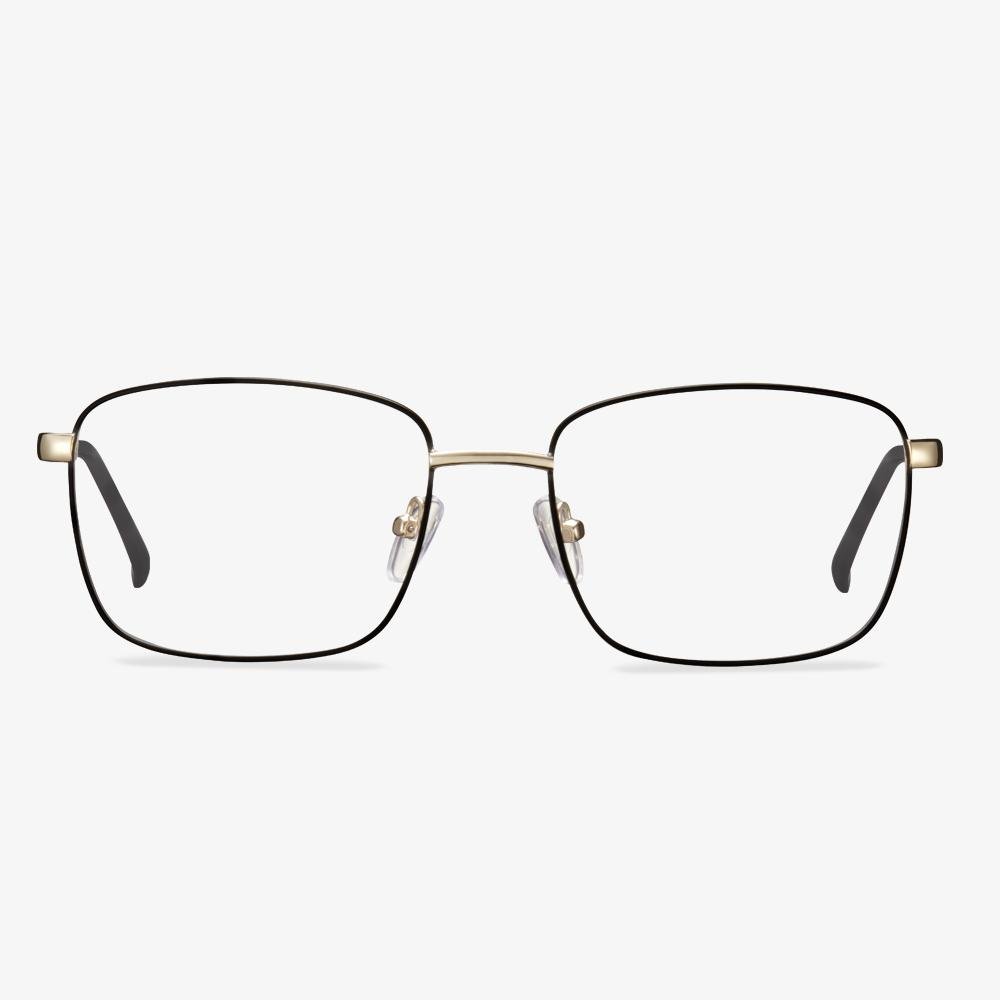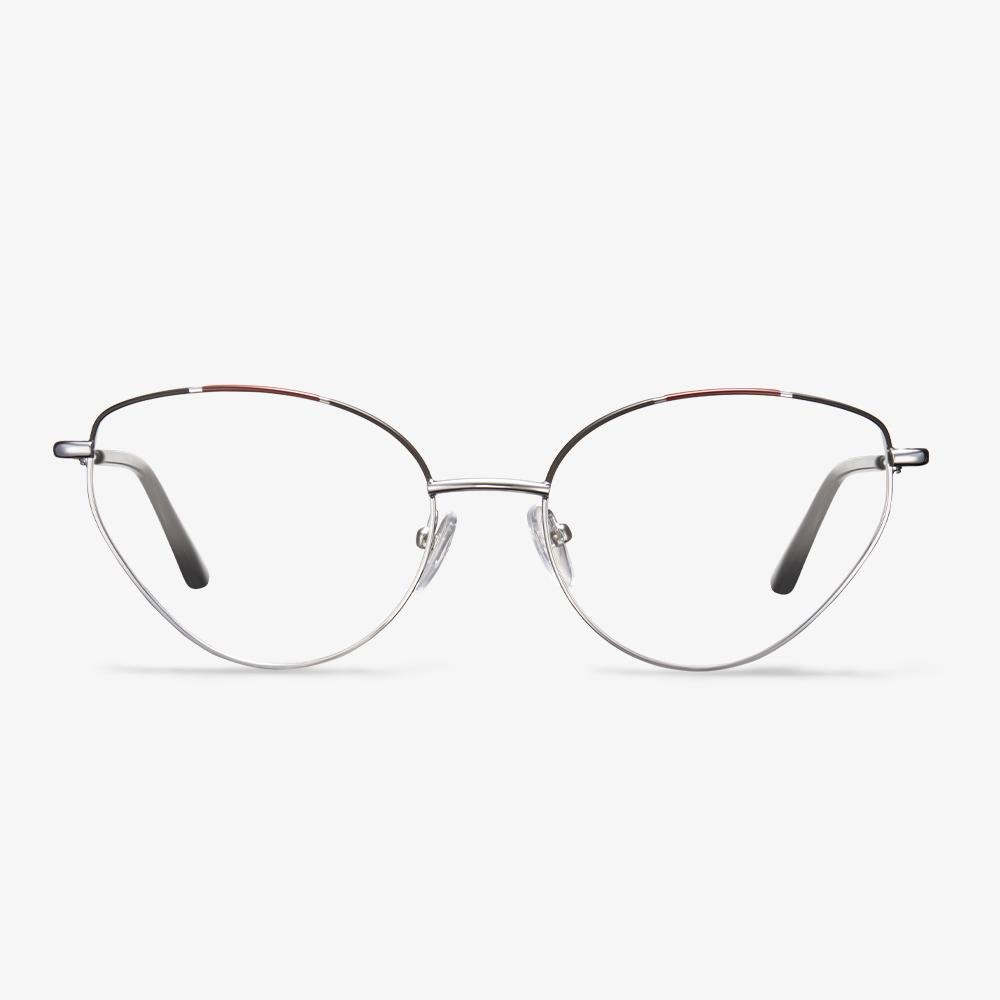Photochromic lenses, also known as transition lenses, are designed to automatically adjust their tint based on the amount of UV (ultraviolet) light they are exposed to. They become darker in bright sunlight and lighter in low light conditions. While photochromic lenses are a popular choice for daytime cycling, they may not be the best option for night cycling for several reasons:
-
Limited UV Light at Night: Photochromic lenses rely on UV light to trigger the darkening process. At night, there is minimal UV light, so these lenses will remain clear or nearly clear. This means they won't provide the protection needed for your eyes against glare from headlights, streetlights, or other sources of artificial light.
-
Reduced Visibility: Since photochromic lenses remain clear at night, they do not enhance contrast or reduce glare, which are essential factors for safe night cycling. You need lenses that can minimize glare and improve visibility in low-light conditions.
-
Safety Concerns: Night cycling poses its own set of safety challenges, including reduced visibility and potential hazards on the road. Wearing clear or nearly clear lenses at night might compromise your ability to see clearly.
For night cycling, it is generally recommended to use specialized eyewear designed for low-light conditions. Some options to consider for night cycling include:
-
Clear Lenses: Clear lenses are an excellent choice for night cycling as they allow maximum light transmission without altering colors or reducing visibility.
-
Yellow or Amber Lenses: These lenses enhance contrast and are often used in low-light or overcast conditions. They can help improve visibility at night and reduce glare from oncoming headlights.
-
Anti-Glare Coatings: You can also opt for eyewear with anti-reflective (AR) coatings, which reduce glare from headlights and other light sources, improving overall visibility.
-
Wraparound Design: A wraparound frame design can help protect your eyes from wind, dust, and debris, which are common factors in night cycling.
In summary, while photochromic lenses are convenient for daytime cycling, they are not well-suited for night cycling due to their limited UV activation and potential impact on visibility. It's safer to choose eyewear specifically designed for low-light or night-time conditions to ensure your safety and visibility on the road.
Do not wear blue light blocking glasses for a long time.
Blue light from the screen of electronic products directly enters our eyes. It has high energy and is close to our eyes, so it is more harmful to our eyes. This is why we should prevent electronic products. From the original intention of the blue light glasses, blue light glasses are for us to wear when using electronic products, not all day long. Therefore, if your child is not using electronic devices, it is recommended not to wear blue light glasses.
Sunglasses For Fishing - Ray-Ban
Ray-Ban was founded in 1930 in the United States. It is the inventor of the world's first sunglasses and is known across the world for it. It is treated as a symbol of American culture. ?Since its inception, Ray-Ban has been focusing on the development of sun-blocking products and integrating a lot of high-tech into them, committed to providing the best vision protection for modern consumers.
What Is Plastic Lens?
In the above part, we have introduced what polycarbonate lenses are. In this section, we will show you what the plastic lens is.
The plastic lens was first introduced in 1947. Since then, plastic has become a popular and widely used material for making eyeglasses lenses. Since the introduction and use of plastic lenses, it has sealed its mark as the most preferred choice in the optical industry.
Plastic lenses are light. With this feature, plastic lenses are popular because they will not be heavy inside the glasses frame and permit for an easy fit in any type of glasses frame. In addition, plastic glasses are cheap and easy to obtain in desired amounts. So, they are affordable for most people. Plastic lenses are very durable. So, they do not shatter easily on impact which makes it a great choice for individuals who are active or tend to drop their glasses often.
However, compared with other lens materials, plastic lenses are usually thick due to their low index of refraction. The soft feature of plastic glasses makes them susceptible to scratching from a sharp object and why scratch-resistant coating is applied to form an additional protective layer. Plastic lenses do not provide ultraviolet protection.
Features of pure titanium glasses frame
Due to the lightweight (ordinary nickel-based alloy frame weight 48%-60%), high strength, corrosion resistance, surface easy coloring, beautiful and durable features of spectacle frame made of pure titanium, they have been loved by most consumers. But the elastic modulus of pure titanium is higher (about 120GPa). The temples of the frames made from them are not elastic enough. After wearing the glasses for a period of time, the temples of the glasses need to be adjusted due to the relaxation of the stress. The processing plasticity of titanium metal is worse than that of other metal materials, so the processing technology of its wire is difficult. The surface quality is difficult to control, and the technical content is high. The surface quality of pure titanium wire produced by a few domestic manufacturers is poor.
Early glasses
The first inventor of wearable glasses is not known. However, it was the Romans who first discovered the use of glass to enhance their ability to see small words, creating small magnifying glasses with spheres. The first known wearable glasses in history appeared in Italy in the 13th century. They were used mainly by monks, and became popular little by little during the Renaissance, as the technology improved. As their popularity grew, the Italian glasses spread throughout Europe, mostly within reach of the wealthy. Because learning was a prized attribute during the Renaissance, glasses were a status symbol of wisdom and prosperity. With the temple extending above the ear, the glasses are no longer required by hand.
Ray-Ban's clear glasses are of high quality.
As a high-end glasses brand, Ray-Ban leads the youth fashion, frame technology, and style design breakthroughs and innovations. In the shape of the design, the Ray-ban myopia glasses use ergonomic principles and are very consistent with the considerate surface type. They are safe, natural, and comfortable to wear. In the design of the frame, the use of double screws, so that the lens fixed is very stable. And the weak arm end design can be adjusted according to the profile of the face, easy to wear, very bright, and shiny in the vividness of color.










































